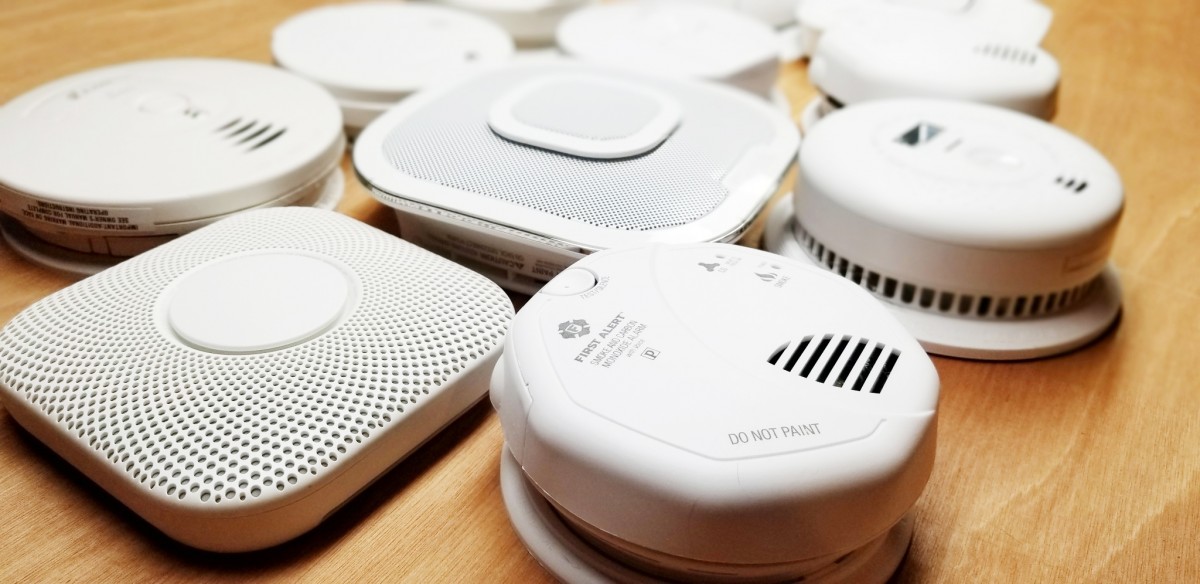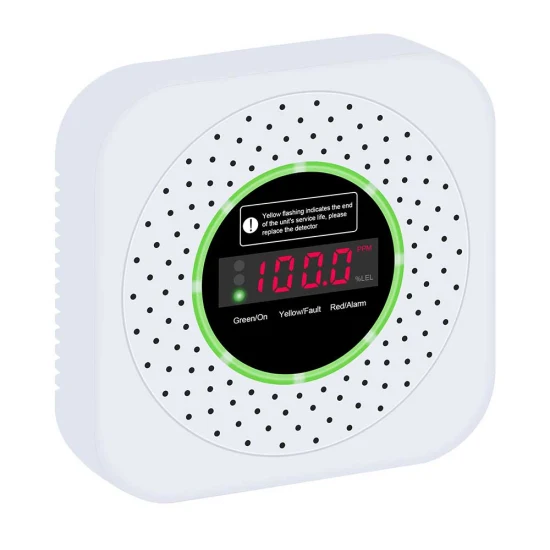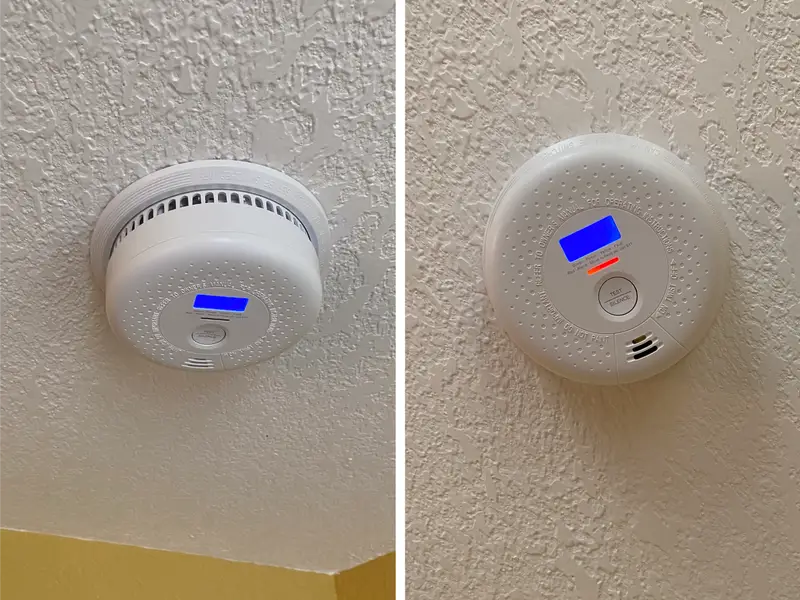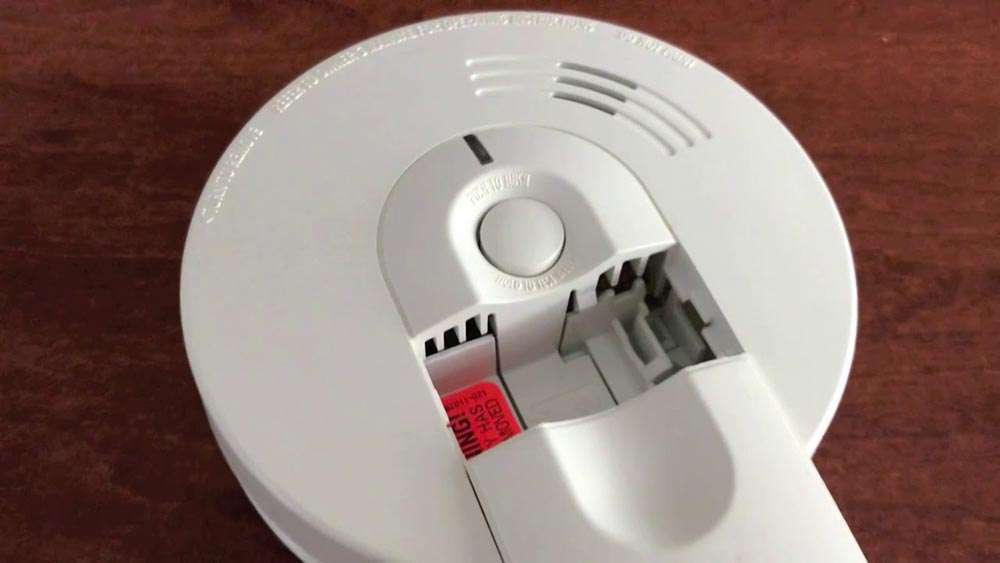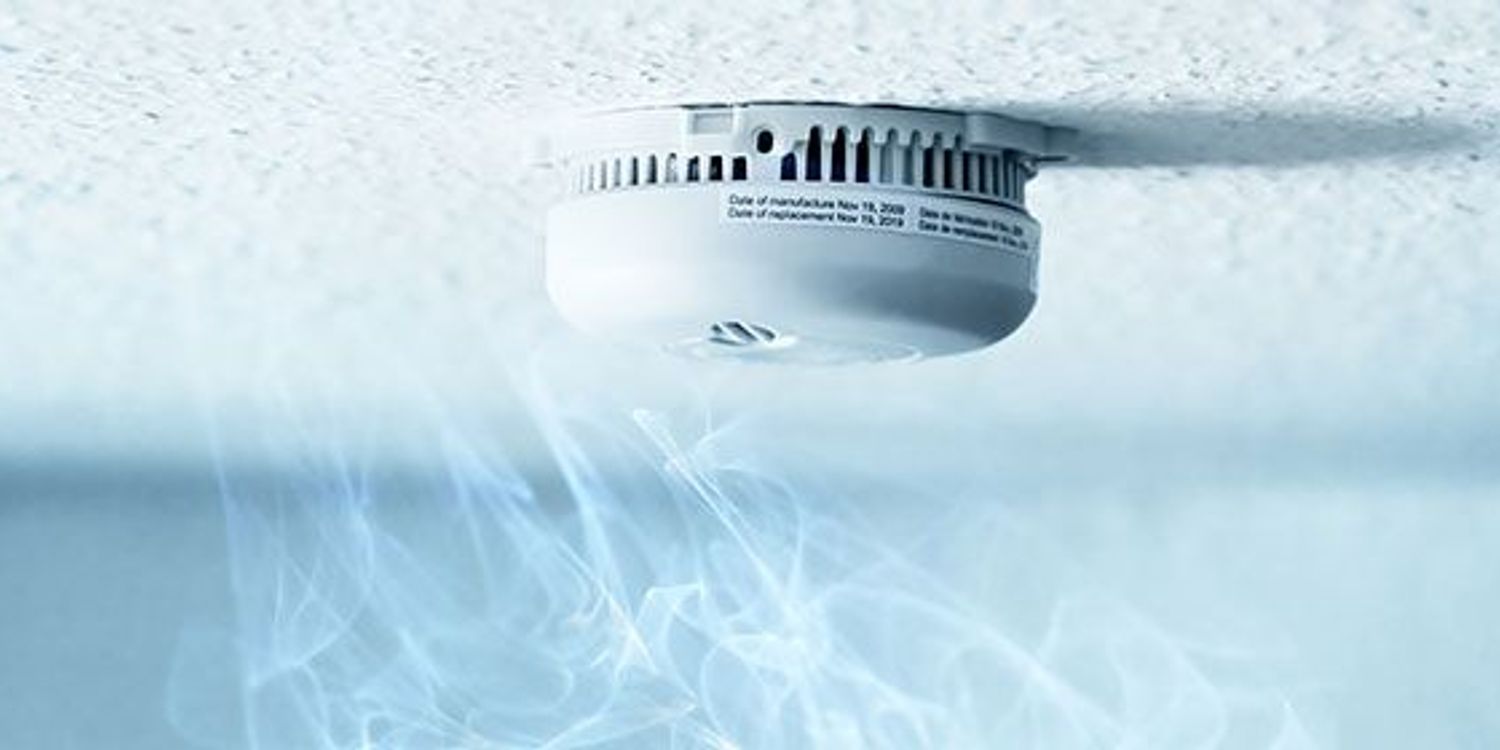I. Introduction
A. Importance of smoke alarms for fire safety
Smoke alarms play a crucial role in detecting and alerting individuals to the presence of smoke or fire in their homes or buildings. They act as the first line of defense, giving occupants vital time to evacuate and potentially save lives.
B. Instances of false alarms in smoke alarms
While smoke alarms are highly effective in detecting real fire incidents, there are instances where they may emit false alarms. False alarms occur when the alarm is triggered without the presence of an actual fire or significant smoke. These false alarms can be frustrating and disruptive, causing unnecessary panic and inconvenience.
C. Purpose of the article
The purpose of this article is to address the issue of false alarms in smoke alarms and provide guidance on preventing and troubleshooting them. By understanding the common causes of false alarms and implementing preventive measures, individuals can minimize the occurrence of false alarms and ensure the reliable functioning of their smoke alarm systems.
II. Common Causes of False Alarms
A. Environmental Factors
- Cooking activities
One of the most common causes of false alarms is cooking activities. Smoke alarms are highly sensitive to smoke particles, and the smoke generated during cooking can trigger an alarm when not properly isolated from the cooking area. To prevent false alarms, it is important to install a separate smoke alarm in the kitchen or utilize a thermal or heat detector instead of a traditional smoke alarm.
- Steam and high humidity
Smoke alarms can also be triggered by high humidity and steam generated by activities such as showering or using hot water appliances. Proper ventilation in areas prone to high humidity, such as bathrooms and laundry rooms, can reduce the moisture content in the air and minimize false alarms.
- Dust and debris accumulation
Dust, dirt, and debris can accumulate on the sensors of smoke alarms over time, interfering with their sensitivity and increasing the likelihood of false alarms. Regularly cleaning the smoke alarm and the surrounding area can help prevent false alarms caused by dust and debris.
B. Malfunctioning Equipment
- Sensor contamination or failure
The sensors in smoke alarms are designed to detect the presence of smoke particles. However, if these sensors become contaminated or fail, they may not function properly and can trigger false alarms. Regular cleaning and inspection of the sensors are necessary to ensure their effectiveness.
- Faulty electrical connections
Faulty electrical connections can cause intermittent electrical signals or disruptions, leading to false alarms. It is important to inspect the wiring connections of smoke alarms regularly and address any issues promptly.
- Aging or expired batteries
Batteries play a critical role in providing power to smoke alarms. Aging or expired batteries can cause the smoke alarm to malfunction, resulting in false alarms. Regular testing and battery replacement are essential to ensure the reliable functioning of the smoke alarm system.
C. User Error and Maintenance Issues
- Improper alarm installation
Improper installation of smoke alarms, such as placing them too close to vents or corners, can increase the likelihood of false alarms. Following the manufacturer’s instructions for proper installation is vital to ensure the effectiveness of the smoke alarms.
- Incorrect placement and positioning
Placing smoke alarms in areas where they are exposed to excessive heat, steam, or humidity can lead to false alarms. It is important to consider the environment and strategically position smoke alarms to prevent false alarms caused by environmental factors.
- Lack of regular maintenance and testing
Neglecting regular maintenance and testing of smoke alarms can contribute to false alarms. Regularly cleaning the sensors, testing the smoke alarms, and adhering to the manufacturer’s guidelines for maintenance are essential for the proper functioning of the smoke alarm system.
III. Prevention and Troubleshooting False Alarms
A. Environmental Considerations
- Isolate the cooking area
To prevent smoke alarms from being triggered by cooking activities, it is essential to isolate the cooking area from the rest of the premises. This can be achieved by installing a heat detector specifically designed for the kitchen. Heat detectors are less sensitive to smoke and steam produced during cooking, making them a more suitable choice for this area.
- Improve ventilation in high humidity areas
High humidity levels in areas such as bathrooms can lead to false alarms in smoke alarms. Installing a bathroom fan can help reduce humidity levels and vent the steam outside, minimizing the chances of false alarms.
- Regularly clean the smoke alarm and surrounding area
Dust and debris accumulation on the sensors of smoke alarms can interfere with their proper functioning, causing false alarms. Regularly cleaning the smoke alarm and the surrounding area using a soft brush or compressed air can help prevent these false alarms.
B. Equipment Maintenance and Upkeep
- Regular testing and battery replacement
Regularly testing smoke alarms is crucial to ensure their reliability. Weak or expired batteries can lead to false alarms or cause the smoke alarm to malfunction.
- Sensor cleaning and inspection
Cleaning the sensors of smoke alarms is essential for their proper functioning. Regularly inspect the sensors and clean them using a soft brush or compressed air, removing any dust or debris that may have accumulated on them.
- Addressing faulty electrical connections or components
Faulty electrical connections or components can disrupt the proper functioning of smoke alarms, resulting in false alarms. It is important to periodically check the electrical connections and ensure they are secure and in good condition.
C. User Education and Best Practices
- Proper alarm installation and placement
Installing smoke alarms correctly and placing them in the appropriate locations is crucial for their effectiveness. Follow the manufacturer’s instructions for proper installation and placement, ensuring that smoke alarms are positioned in areas that provide optimal coverage without being too close to potential sources of smoke or fire.
- Education on alarm silencing features and hush modes
Many smoke alarms are equipped with features that allow users to temporarily silence or hush the alarm in case of false alarms. It is important to educate household members on how to use these features properly to mitigate unnecessary panic and disruption.
- Regular maintenance and adherence to manufacturer guidelines
Regularly maintaining smoke alarms and adhering to the manufacturer’s guidelines are essential for their reliable operation. This includes cleaning the sensors, replacing batteries, and conducting periodic inspections. Additionally, familiarize yourself with any specific maintenance requirements provided by the manufacturer to maximize the effectiveness of your smoke alarms.

